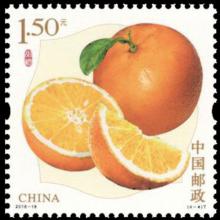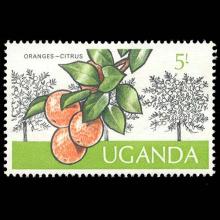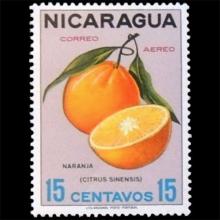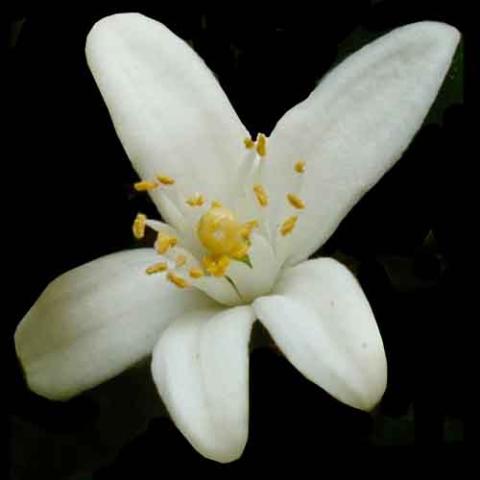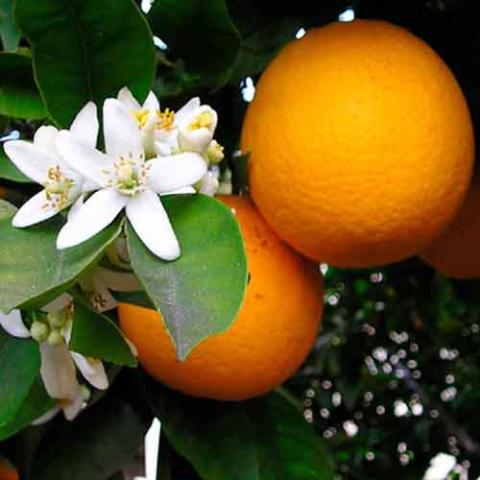NAME(S)
TAXONOMY
PLANTAE ID
THERAPEUTIC
China
Issued:
Stamp:
Citrus x aurantium
Uganda
Issued:
Stamp:
Citrus x aurantium
Nicaragua
Issued:
Stamp:
Citrus x aurantium
China
Issued:
Stamp:
Citrus x aurantium
Uganda
Issued:
Stamp:
Citrus x aurantium
Nicaragua
Issued:
Stamp:
Citrus x aurantium
China
Issued:
Stamp:
Citrus x aurantium
Uganda
Issued:
Stamp:
Citrus x aurantium
Nicaragua
Issued:
Stamp:
Citrus x aurantium
Bodegón de naranjas
Rafael Romero Barros, 1863.
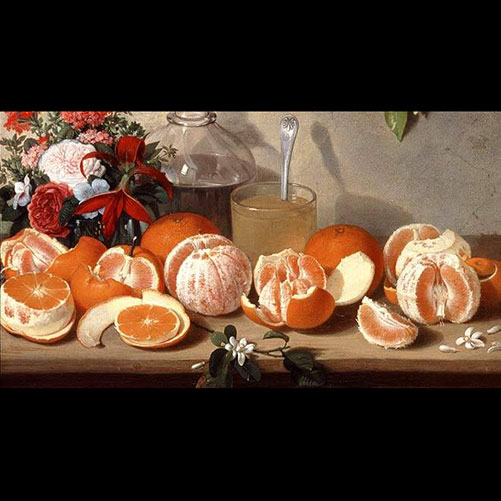
Romero Barros trained in the School of Fine Art in Seville together with the brothers Bécquer and Cabral Bejarano, where his master was Manuel Barrón. He arrived in Cordoba in 1862 where he obtained the position of the museum's Conservator-Restorer, and soon became a key figure in the provincial School of Fine Art. This canvas, painted soon after his arrival in the city (1863), shows his skill in the study from life of a fruit such as the orange, seen in all its different stages, and a potential symbol of Andalusia
Reference: www.spainisculture.com
Genus species (Plantae): Citrus × aurantium
Citrus × aurantium, f. aurantium (Syn: Citrus × sinensis), a hybrid between pomelo (Citrus maxima) and mandarin (Citrus reticulata), also known as the sweet oranges, is a commonly cultivated species of orange that includes Valencia oranges, blood oranges and navel oranges.
Uses
The orange fruit is an important agricultural product, used for both the juicy fruit pulp and the aromatic peel (rind). Orange blossoms (the flowers) are used in several different ways, as are the leaves and wood of the tree.
Flowers
- The orange blossom, which is the state flower of Florida, is highly fragrant and traditionally associated with good fortune. It has long been popular in bridal bouquets and head wreaths.
- Orange blossom essence is an important component in the making of perfume.
- Orange blossom petals can also be made into a delicately citrus-scented version of rosewater, known as "orange blossom water" or "orange flower water". It is a common ingredient in French and Middle Eastern cuisines, especially in desserts and baked goods. In some Middle Eastern countries, drops of orange flower water are added to disguise the unpleasant taste of hard water drawn from wells or stored in qullahs (traditional Egyptian water pitchers made of porous clay). In the United States, orange flower water is used to make orange blossom scones and marshmallows.
- In Spain, fallen blossoms are dried and used to make orange tea.
- Orange blossom honey (or citrus honey) is obtained by putting beehives in the citrus groves while trees bloom. By this method, bees also pollinate seeded citrus varieties. This type of honey has an orangey taste and is highly prized.
Leaves
- Orange leaves can be boiled to make orange tea.
Wood
- Orangewood sticks are used as cuticle pushers in manicures and pedicures, and as spudgers for manipulating slender electronic wires.
- Orangewood is used in the same way as mesquite, oak, and hickory for seasoning grilled meat.
Reference: Wikipedia

